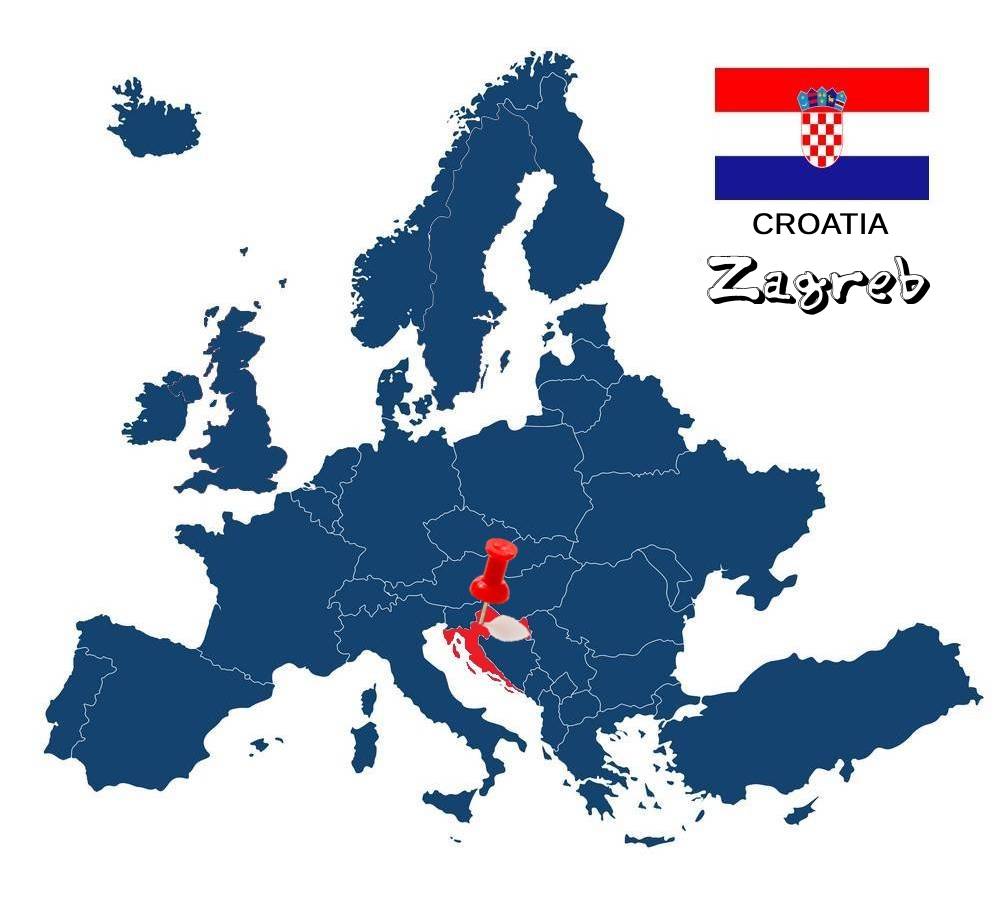
This Lilliputian capital has it all. A very well preserved old town, countless parks and squares, an abundance of museums and art spaces and various other things that will make you forget the vast coastline of country.
A few words about the city
Zagreb is the capital and largest city of Croatia. It is built on the banks of the river Sava, and its history dates back to Roman times, when it was a trade center for the Balkans. The name of the city comes from the Croatian word "zagrabi", which means "grab it" and the story behind it is very interesting! According to folklore, the area of present-day Zagreb was once a large desert hit by a severe drought. A large military commander passing by with his exhausted and dehydrated army stopped at one point and dug with his sword into the dry, cracked and weakened ground and suddenly water gushed out of it. According to the legend a attractive girl named Magda happened to be walking nearby when her commander said to her: Mando, dušo, zagrabi vode ("Manda, sweetheart, grab me some water"). The combination of the words "Manda" and "dušo" led to the name Manduševac and the city that would soon develop around the spring took its name from the word zagrabi. Today the population of Zagreb is estimated at 973,667 inhabitants in the urban area, while in the wider area live 1,088,841 inhabitants. Ultimately, the city consists of three parts, the upper city (Gornji Grad), the lower city (Donji Grad) and the Kaptol. So I will try to introduce you Zagreb through my own eyes and share with you what I think someone who is visiting for the first time should see.
Zagrebačka katedrala
If we were looking for the symbol of the city, I think we would unanimously end up with the Zagreb Cathedral (Zagrebačka katedrala), which is dedicated to the Assumption of the Virgin. It dominates the main square of Captol and is the tallest building in the city and the whole of Croatia, with a height of over 108 meters! Its construction was and continues to be a serial, since some parts of it are still under construction. Its construction began in the mid-13th century, but in 1880 a catastrophic earthquake threatened the building with collapse. Of course, then all the necessary procedures were done to save the work and at the beginning of the 20th, its imposing neo-Gothic look was completed. The imposing twin towers with bell towers, designed by the famous architect Hermann Bollé, were added after the earthquake that struck the city. Indoors you will admire magnificent frescoes, impressive baroque holy tables, exquisite 19th-century stained glass and the tomb of Cardinal Alojzije Stepinac by the famous Croatian sculptor Ivan Meštrović. Admission is free.
Crkva sv. Marka
And if the cathedral is the landmark of the city, then the church of St. Mark (Crkva Sv Marka) is undoubtedly its most photographed spot. It is located in the heart of the old town and also dates back to the 13th century. In the second half of the 14th century, it was radically rebuilt, taking on its current appearance. What makes this church stand out is, of course, the colorful tiles on its roof that form the coats of arms of Zagreb, Croatia, Dalmatia and Slavonia. Inside you will admire gothic sculptures by the famous Croatian sculptor and architect Ivan Mestrovic, while admission is free. Around the church are all the government and significant buildings of Zagreb, such as the Parliament (Hrvatski sabor), the Court (Ustavni sud Republike Hrvatske), the Post Office, the City Hall and many more.

Kamenita vrata
When Gradec, the upper city of present-day Zagreb, declared independence in 1242, one of the most difficult commitments was to construct strong walls around the city. The citizens fulfilled this commitment and between 1242 and 1266, they built sturdy walls with many gates. Some parts of the walls and the Stone Gate (Kamenita vrata) are the only surviving parts from that time. This white stone gate houses an icon of the Virgin Mary, which was the only thing preserved from the catastrophic fire of 1731. The icon was considered miraculous, and an open-air church dedicated to the Virgin Mary was built around it. So when you pass by, do not hesitate to light a candle!
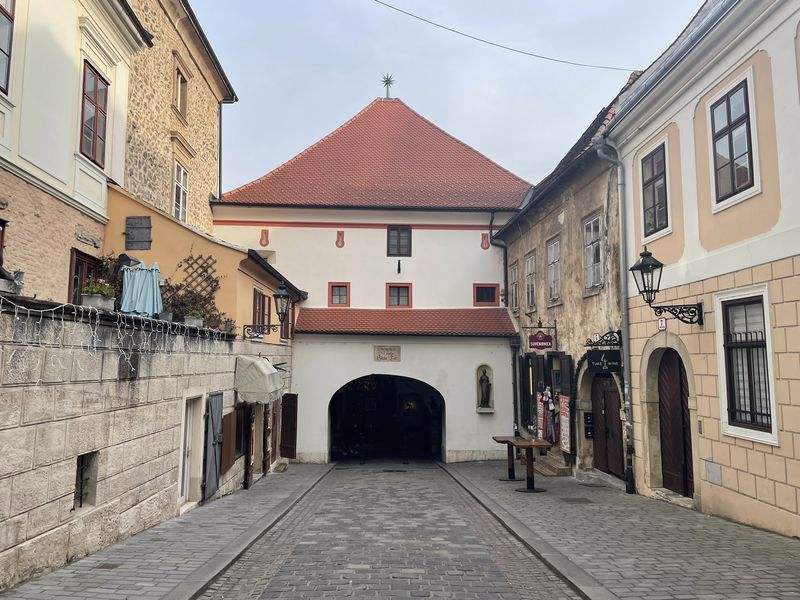
Dolac Market
One of the things that visitors instantly notice in the center of Zagreb is the famous Dolac Market. This open-air market has been operating since 1926 and is located in the homonymous square. The large, red umbrellas make it very easy to spot. It is a place where people can buy fresh products such as fruits, vegetables, olive oil, honey, cheeses and talk while enjoying their morning coffee! The market is open on weekdays from 6:30 to 15:00, on Saturdays until 14:00 and on Sundays until 13:00. In one corner of this market dominates a bronze statue of a farmer named "Kumica Barica". It symbolizes the tradition and the women who sold their products in the exact same place, having them all in a big basket on their head!
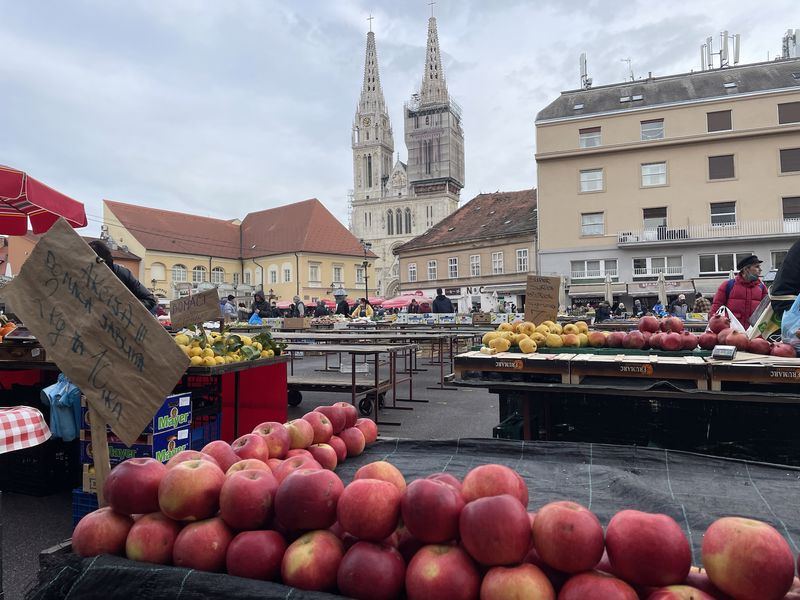
Trg Jelacica - Trg Kralja Tomislava
Ban Jelasic Square (Trg Jelacica) is the central square of Zagreb and is the trademark of the commercial life of the city and the meeting point for locals and tourists! It is named after the great inventor and engineer Ban Gelasic, whose statue stands haughtily in its center. During Christmas, a huge Christmas market is set up in the square, considered one of the most beautiful in Europe!
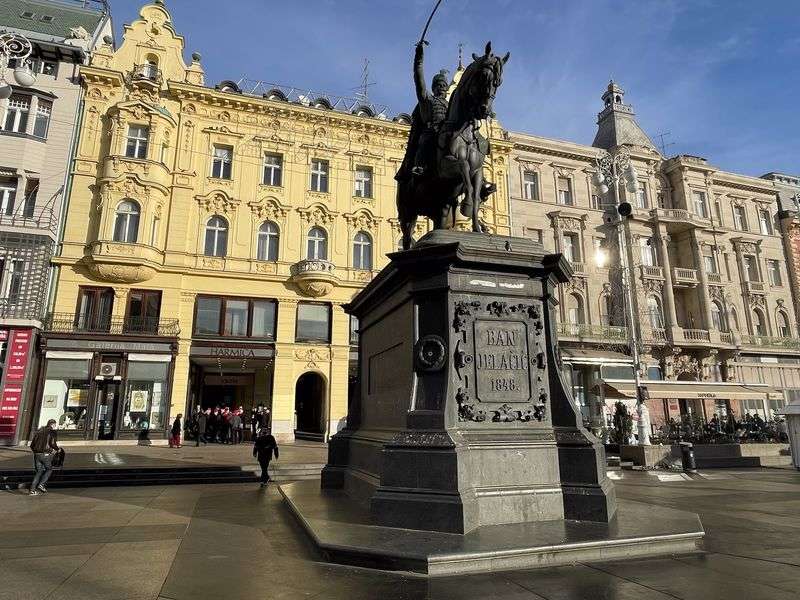
The other square of Zagreb that must be visited is that of King Tomislav (Trg Kralja Tomislava), the first Croatian King. This is the largest square in the city, located in front of the main railway station, so if you come to Zagreb via train, it will be the first thing you will see. The impressive statue of King Tomislav on horseback and the Art Pavilion are the most impressive features of the square, while this square is considered one of the ideal places to enjoy a drink. And this square is transformed during Christmas into a skating Paradise.
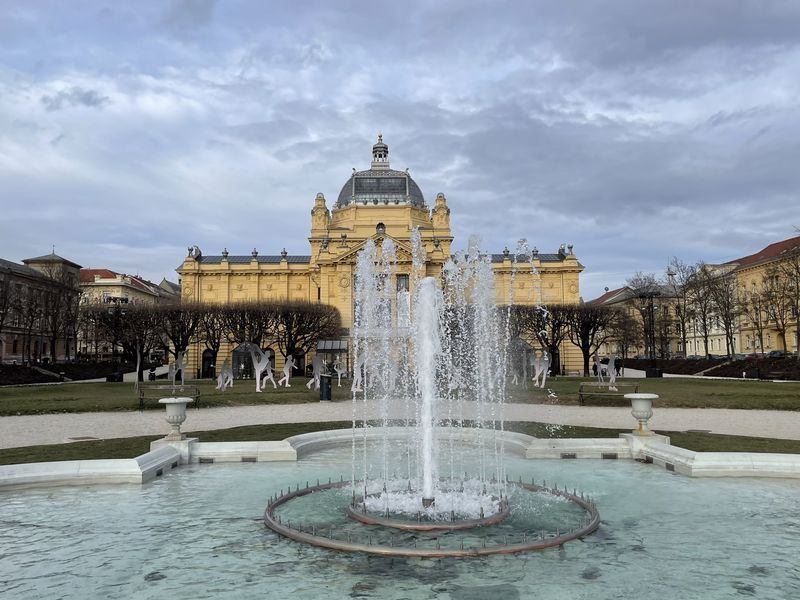
Ulica Tkalčićeva
Tkalchiceva Street (Ulica Tkalčićeva) is the most elegant and lively pedestrian street in Zagreb. Formerly this point was a stream that separated Zagreb's two oldest settlements, Gradec and Kaptol, while between 1899-1941, almost every house there was a brothel! Because it was in the center, all windows had to have opaque glass and red lanterns. For this reason, Zagreb was the first city in Europe with the appropriate area with the red lanterns! Today, of course, the situation is completely different, since Tkalčićeva is filled with small boutiques, traditional shops, restaurants and cafes, bustling with life at all hours of the day! Finally, at the beginning of it, you will meet a sundial and the statue of the Croatian Mary Poppins, Marija Juric Zagorka, writer and first feminine journalist in the country!
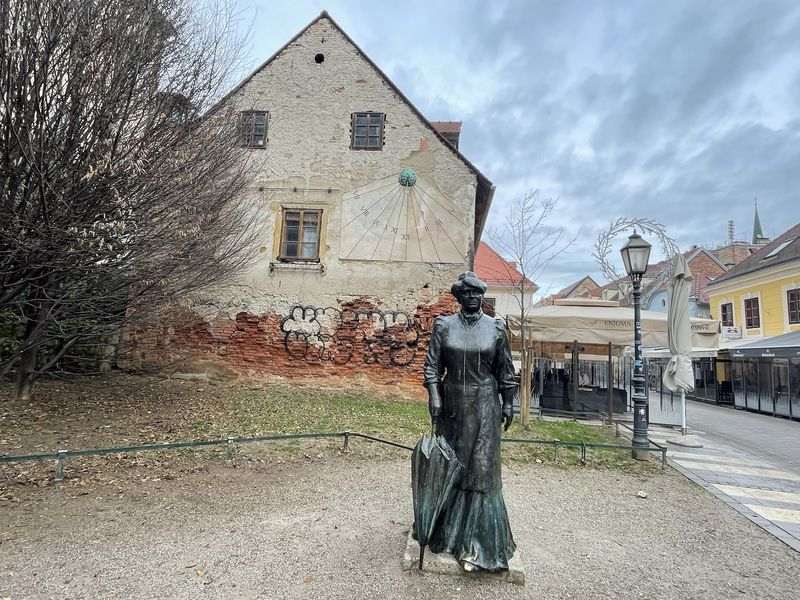
Grič Tunela
The Gric Tunnel (Grič Tunela) was built in 1943, during World War II and was connected to the already existing mysterious tunnels of Zagreb. Its primary purpose was to protect civilians from frequent bombing during World War II and the Croatian War for independence. Of course, stories and legends tell of secret underground passages throughout the city with one of them talking about the massive earthquake of 1880, when most of the tunnels disappeared, taking together all the gold of the church! Today the Gric Tunnel has been transformed into a tourist attraction, with free entry, and at times hosts temporary exhibitions and events.
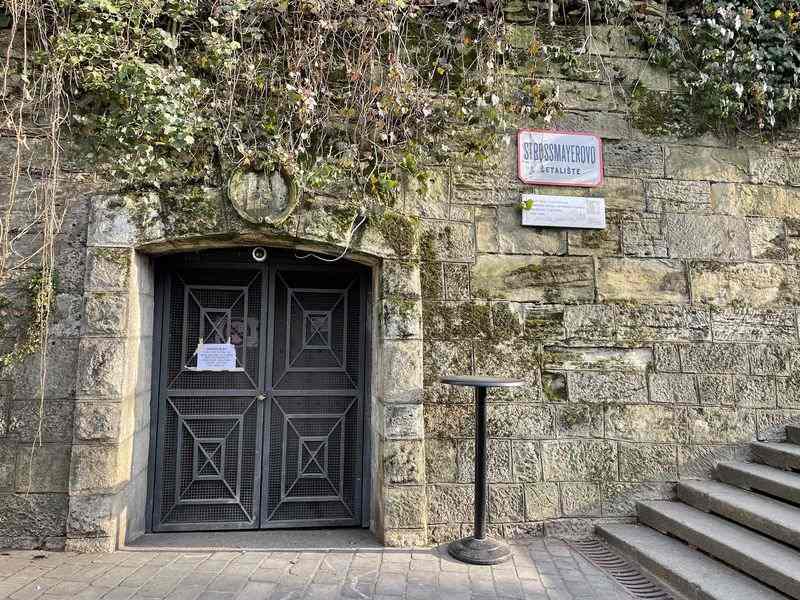
Art Park
The Art Park is located in the city center and is considered the most beautiful in Zagreb. This place was abandoned for many years and full of garbage, but in 2016 with the initiative of Pimp my Pump and Lapo Lapo studio the park was cleaned, revitalized and became the first Street Art Park in Croatia! It is basically an open-air gallery with various graffiti, while from May to October there are various free events such as workshops, movie screenings, music concerts, DJ nights, table tennis tournaments, painting sessions, yoga classes and much more.

Hrvatsko Narodno Kazalište
The Croatian National Theatre (Hrvatsko Narodno Kazalište) is a neobarok masterpiece founded in 1895. It is considered one of the most elegant buildings of Zagreb, which was designed by the famous Viennese architects Ferdinand Fellner and Herman Helmer. In front of the theater, you will find the Well of Life, designed by Ivan Meštrović in 1905, with experts claiming that its statue is one of the best works of art of Mestrovic! Finally, countless artists of world renown have appeared on the stage of the theater, from ballet dancers to opera singers. Every year the best works of domestic Opera production and quality foreign productions are presented, so if you are lovers of this particular genre of music, do not miss the opportunity to visit it!
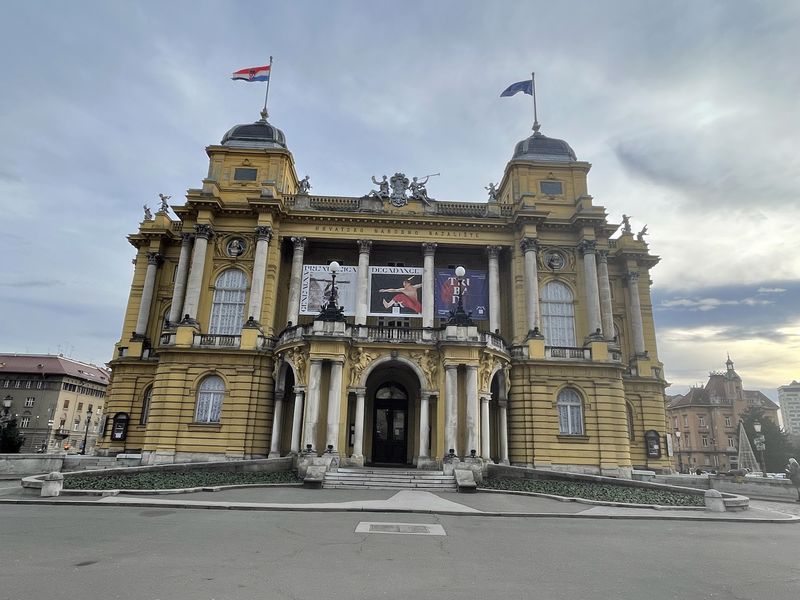
Botanički vrt
What few people know is that Croatia is one of the richest European countries in biodiversity! The Zagreb Botanical Garden (Botanički vrt) is primarily a scientific institution, dedicated to the research, cultivation and protection of the country's indigenous plants. The Zagreb Botanical Garden was founded in 1889, covers an area of 5 hectares and is estimated to have over 10,000 plant species! There you will find discover lakes for aquatic plants, many paths, and while is interesting that some of the most notable works of Slava Raškaj (famous Croatian Painter) were painted from the garden ponds. Finally, during the winter the garden is closed, in order to protect the plants. Admission is free.
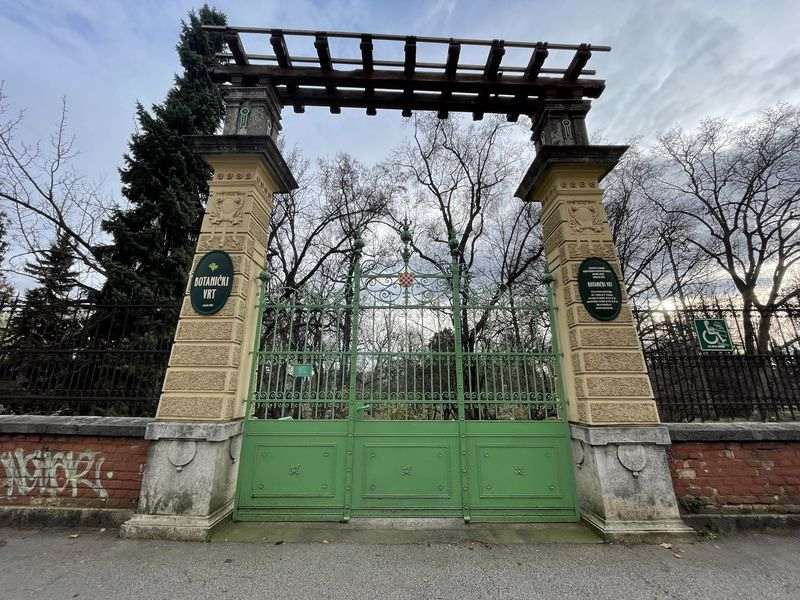
The museums
The first museum worth visiting in Zagreb is the Museum of Broken Relations (Muzej prekinutih veza). This is the most popular museum in the city, which in addition to knowledge will offer countless emotions. It is located in the beautiful baroque Kulmer Palace in the Upper Town and is dedicated to failed relationships. In fact, it exhibits personal belongings left by former owners, accompanied by their stories and feelings. The entrance costs 40 kuna (ie about 5.30e).
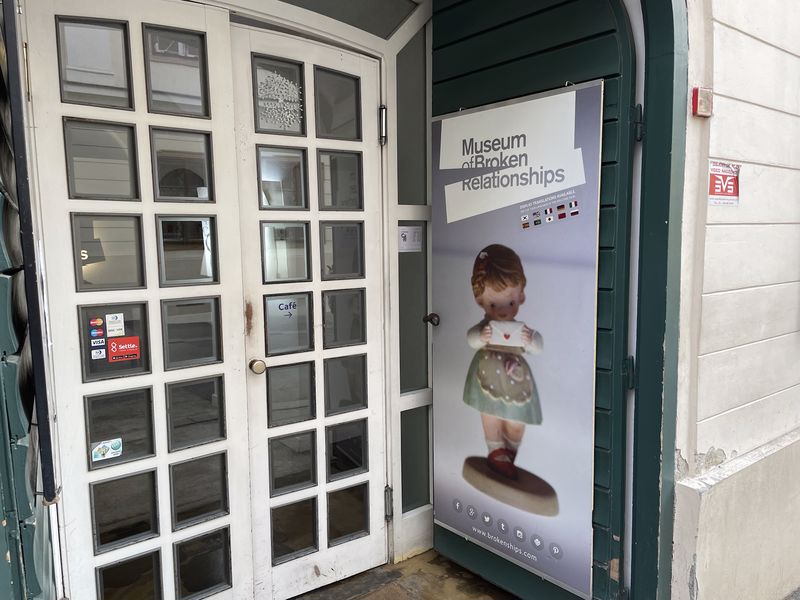
Another art space worth visiting in the city is the Zagreb City Museum (Muzej grada Zagreba). This museum presents the history of the city of Zagreb, from prehistory to the present day. In fact, the museum building is in itself a historical monument, since it was once the Monastery of the Poor Clares! Admission costs 30 kuna (ie about 4e).
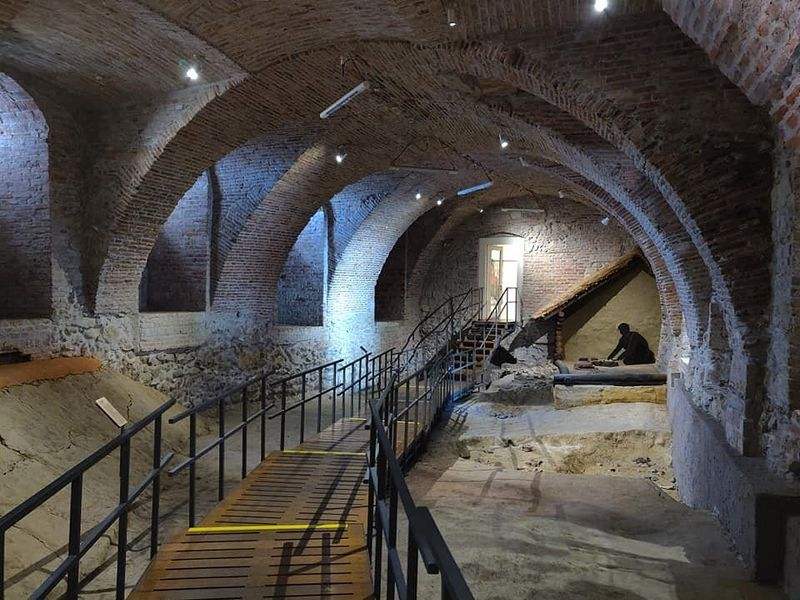
Ultimately, do not miss a visit to the Museum of Contemporary Art (Muzej suvremene umjetnosti) and the Mimara Museum (Muzej Mimara). The Museum of Contemporary Art, also known as the "Museum of Slides", is the largest and most modern museum in all of Croatia. There you will admire an impressive collection of 5000 works of art, mainly Croatian but also international artists after 1950. On the other hand, Mimara hosts exhibits that cover a remarkable history of three millennia. These are 3750 works of art donated by Ante Topić Mimara, such as paintings, vases, sculptures, glassware and various other objects of enviable beauty and incalculable value. In the first museum the entrance costs 30 kuna (ie about 4e), while in the second 40 kuna (ie about 5.30e).
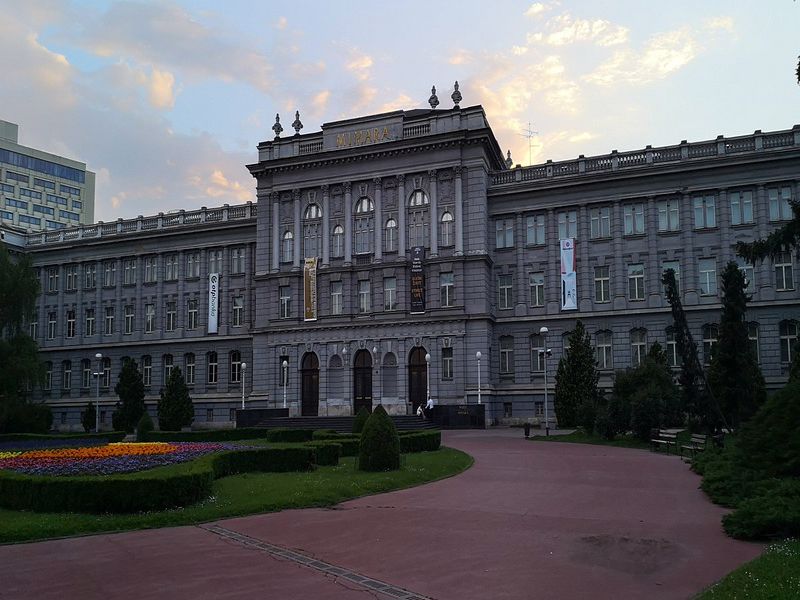
How to go
Thessaloniki is connected by air with Zagreb and the International Franjo Tuđman Airport, through Ryanair, where with proper planning one can find tickets starting from 10 € round trip! You can also fly to another neighbouring country, such as Slovenia, Austria or Bosnia, and from there you can reach the city by train or bus, as the distances are short and the prices are low.
Where to stay
Although Zagreb is a relatively compact city, it has a variety of accommodation options. I would suggest you choose the part of the upper town (Gornji Grad), which is the most beautiful and most convenient, as you will be close to everything! Therefore my suggestion is the Piu Trendy Rooms, which is only 500 meters from the main square of the city and the church of St. Mark and offers modernly furnished accommodation.
How to move
Zagreb's public transport system is called ZET, short for Zagrebački Električni Tramvaj. It consists mainly of buses and trams that zigzag throughout the city and extend beyond neighboring cities, including Velika Gorica, where the airport is located. The system is extensive with 19 tram lines and 117 buses. Tickets can be purchased either on the means of transport or from the kiosks that are scattered throughout the city.
What to eat
Croatian cuisine has been influenced by many diverse cultures and therefore, every part of the country has a typical local cuisine. The cuisine of Zagreb and the mainland, in general, is characterized by the former Slavic and recent contacts, with neighboring cultures, such as Hungary and Turkey. Lard (a semi-solid white fat product) is widely used for cooking and spices such as black pepper, paprika and garlic. Some of the most traditional dishes of the area are Zagorski strukli (a dough that is available in both savory and sweet versions), Burek (stuffed with meat, cheese, spinach, potato or apple), cevapcici (pieces of ground beef), lamb, pork with onions and spices), Maneštra (thick vegetable soup) and much more. For very good strukli I recommend La Struk, for local Croatian cuisine Stari Fijaker, Batak Grill Cvjetni and Mali Medo, for pizza Nokturno and Basta, for breakfast Eggspress, and finally for dessert and coffee Meet Mia, Amelie, Oranz and Vincek Slastičarnica.
Useful information

In Croatia we travel with a passport or a new type of Police ID, where the details are indicated in Latin characters.
In Croatia the language used is, of course, Croatian. But the majority (mostly young people), speak English, so ask for clarifications in English.
The country's currency is the Croatian Kuna (HRK) and its rate at the moment is 1€ = 7.52 Kuna.
Zagreb is an hour behind Greece (GMT +1).
The Greek Embassy in Zagreb is located at 18 Opaticka 12 Street and its phones are + 3851 4810444, 4810437.
Getting to and from Zagreb airports is simple, since there are continuous bus services, which take you either to the central bus station or to King Tomislav square!
The best time to visit Zagreb is winter. Despite the bitter cold, the city is transformed during Christmas, having been voted many times as one of the most beautiful!
Recommended excursions → Plitvice, Dubrovnik, Ljubljana
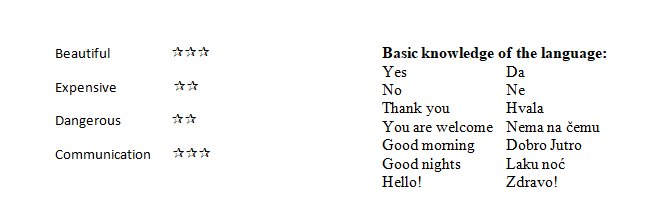
If this article seemed interesting or contributed to your quality information, then you can like my facebook page: o_thessalonikios or follow me on instagram!
Mouzakidis Pantelis
